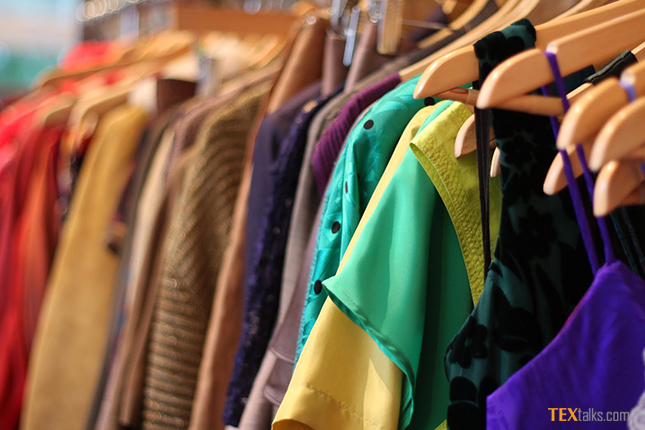Pakistan’s textile exports have been going up steadily since the start of the current fiscal year in a positive sign that raises expectations that full-year proceeds will touch $13bn after a hiatus of two years. Textile shipments jumped 7.66% year-on-year to $5.51bn in the first five months (July-November) of the current fiscal year, driven primarily by a surge in value-added textile exports.
In a review of the industry’s performance in the outgoing year 2017, Pakistan Textile Exporters Association (PTEA) chairman Shaiq Jawed said in a statement that textile shipments had been on an upsurge since the start of 2017-18 in July following a continued fall in the previous fiscal year. After hitting the peak at $13.73bn in 2013-14, textile exports dropped to $13.47bn in 2014-15 and $12.44bn in 2015-16. Afterwards, they inched up 0.04% at $12.45bn in 2016-17, but were still lower by more than a billion dollars than the peak.
Propped up by cash incentives under the prime minister’s trade package, textile exports took off, but challenges were still there that should be addressed to further ramp up growth, Jawed said. Pointing to the industry’s lack of competitiveness both in domestic and international arenas, he called the high cost of energy a serious concern as the textile sector heavily banked on energy supplies to run its operations smoothly.
In Pakistan, he said, the industrial gas tariff was almost 100% higher and electricity price was about 50% higher compared to regional competitors. Punjab-based industries are compelled to consume high-priced re-gasified liquefied natural gas (RLNG) in winter, which puts them at a disadvantage compared to industrial units in other provinces.
“The liquidity stuck in the tax refund system is another stumbling block; exporters are waiting for the release of billions of rupees blocked in sales tax, income tax and customs duty rebate claims, which has sparked severe liquidity crunch,” Jawed said. “If these payments are released, the exporters can spend the money on trade expansion.” Technological advancement is another area where Pakistan has trailed its competitors. “Not enough investment has been made in technology because of which productive capacity of the sector has remained stagnant,” he said.



